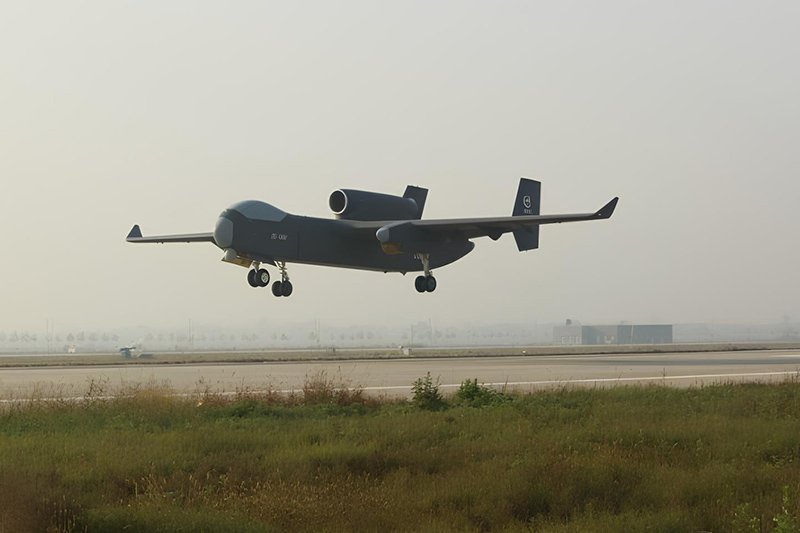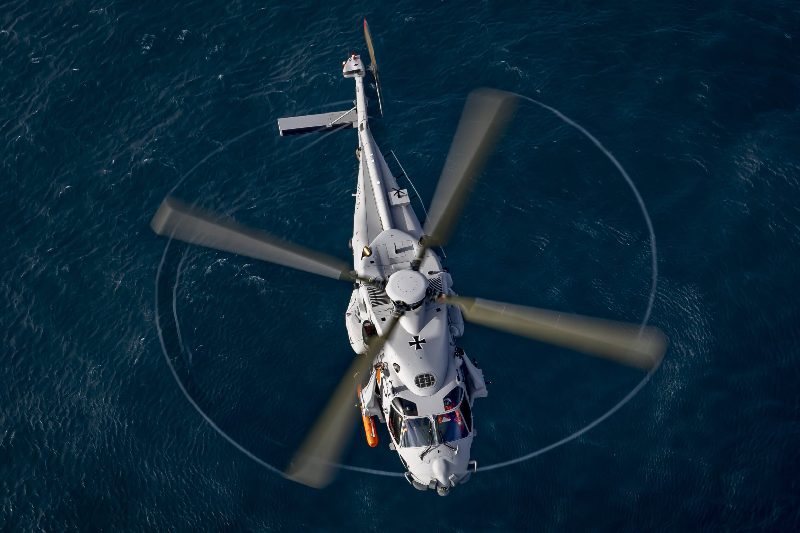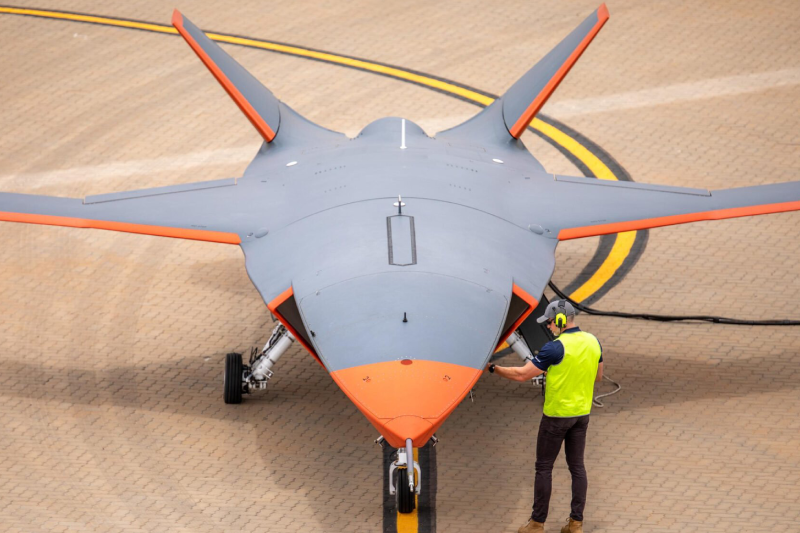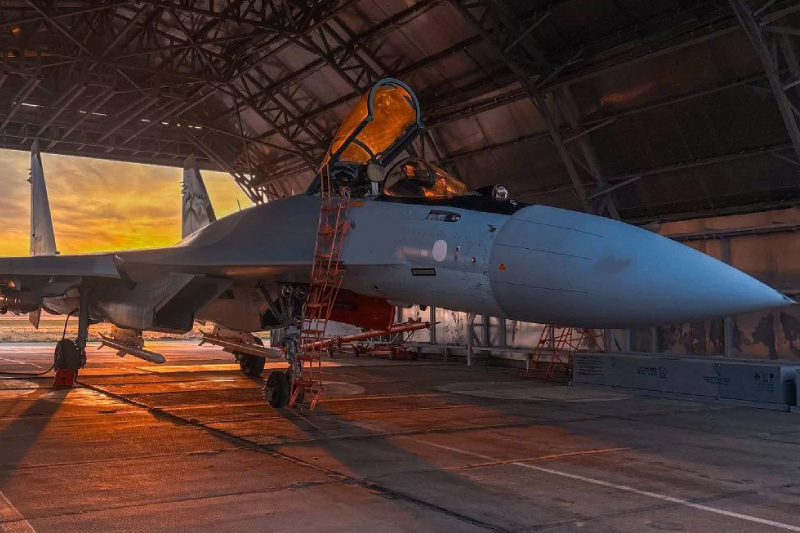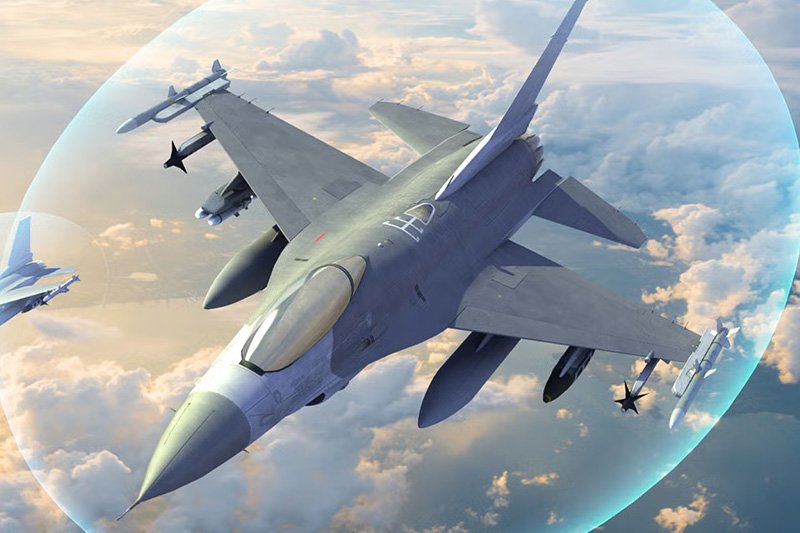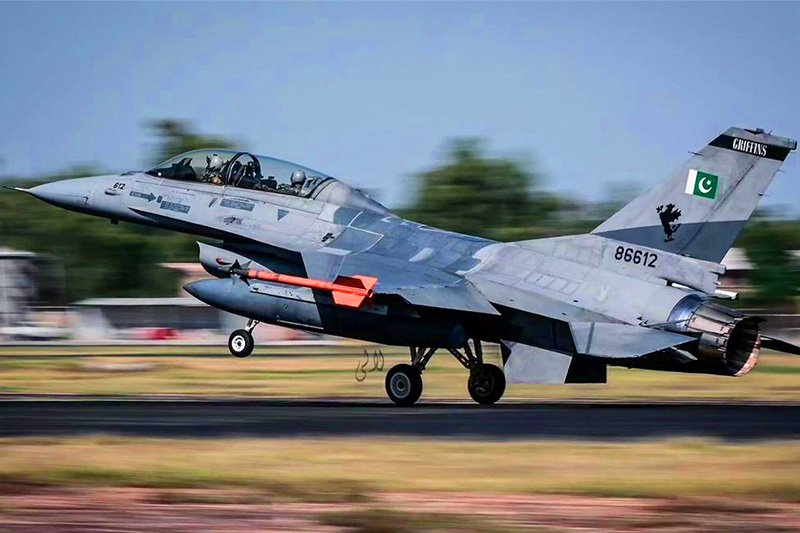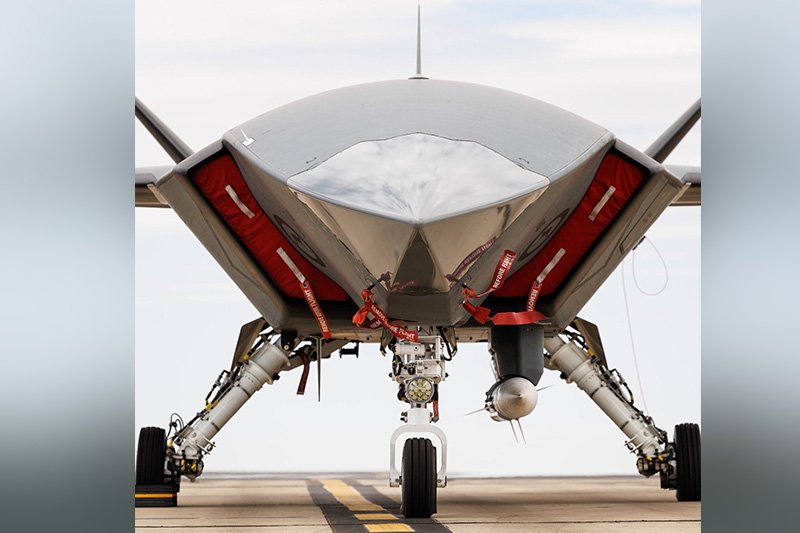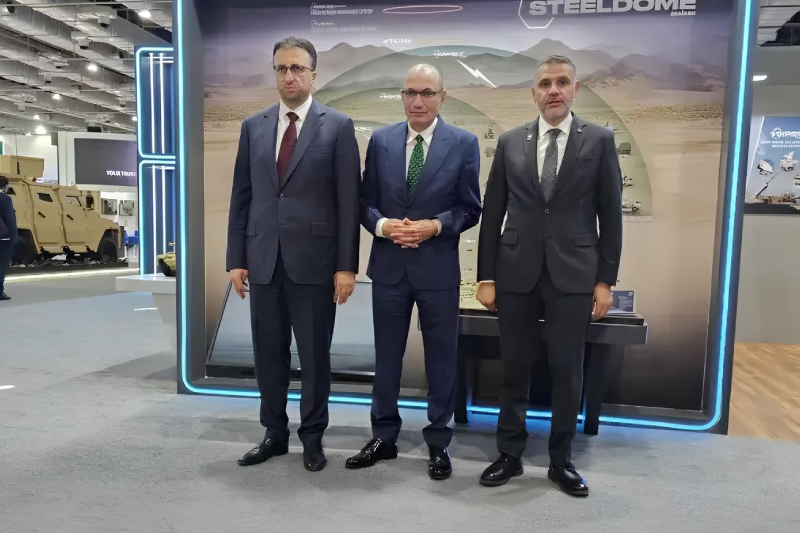South Korea to Develop MUM-T Drone Carrier Fleet For ROK Navy
The Republic of Korea Navy is embarking on an ambitious transformation with its MUM-T fleet development program, featuring innovative drone carrier platforms designed to revolutionize naval warfare capabilities. This comprehensive MUM-T fleet development initiative represents South Korea’s commitment to integrating manned-unmanned teaming technologies that will define the future of maritime operations, positioning the ROK Navy as a pioneer in next-generation naval combat systems.
National Assembly Seminar Unveils Strategic Vision
A landmark seminar hosted by People’s Power Party representative Yong-won Yoo at the National Assembly has revealed detailed plans for South Korea’s revolutionary approach to naval modernization. The event brought together key stakeholders from the defense industry, government officials, and military leadership to discuss the construction of advanced manned-unmanned teaming aircraft carriers. This strategic gathering highlighted the ROK Navy’s commitment to establishing comprehensive unmanned maritime capabilities that will transform naval operations.
MUM-T Battle Group Concept
The ROK Navy’s ambitious plan centers on establishing a MUM-T Battle Group built around an innovative drone aircraft carrier concept. This revolutionary platform will operate both manned and unmanned aerial vehicles simultaneously, providing unprecedented operational flexibility for amphibious assault operations. The integrated approach ensures seamless coordination between human-operated systems and autonomous platforms, maximizing combat effectiveness while reducing operational risks to personnel.
Existing Fleet Upgrades
The Navy’s modernization strategy includes comprehensive upgrades to two existing amphibious assault ships, ROKS Dokdo and ROKS Marado. These vessels will receive advanced modifications to enable UAV takeoff and landing capabilities, along with sophisticated MUM-T command systems. The transformation of these existing platforms demonstrates South Korea’s practical approach to implementing drone carrier technology while building experience for future dedicated platforms.
South Korea’s most ambitious naval project involves designing and constructing a new 30,000-ton-class drone carrier over the next eleven years. This cutting-edge vessel is scheduled to enter operational service in the late 2030s, representing a significant leap forward in naval aviation technology. The new carrier will incorporate lessons learned from existing platform modifications and feature purpose-built systems for optimal drone operations.
Sea GHOST Initiative Addresses Personnel Challenges
The Navy’s Sea GHOST initiative directly addresses manpower shortages resulting from South Korea’s declining population demographics. This forward-thinking program emphasizes unmanned systems integration as a solution to maintain naval capabilities despite reduced personnel availability. The initiative demonstrates how advanced technology can compensate for demographic challenges while potentially enhancing operational effectiveness.
General Atomics Mojave Demonstration Success
Last year’s successful takeoff demonstration of General Atomics’ Mojave STOL UAV from ROKS Dokdo marked a significant milestone in drone carrier development. This achievement validated the concept of repurposing existing amphibious assault ships for unmanned aerial vehicle operations. The demonstration provided valuable data and proof-of-concept validation that informed subsequent planning and development decisions.
Current Upgrade Programs
ROKS Dokdo is currently undergoing a Performance Improvement Program (PIP) at HJ Shipbuilding & Construction, which began recently. While initial responses indicated that current upgrades did not include drone-specific modifications, the evolving MUM-T plans suggest that additional performance upgrades and system modifications will be implemented. These future enhancements will likely include flight deck expansions and specialized UAV landing systems.
Industry Competition
The transition from the traditional CVX program to drone carrier development has intensified competition between major South Korean shipbuilders. Hanwha Ocean and HD Hyundai Heavy Industries unveiled competing MUM-T carrier concepts at MADEX 2025, showcasing their respective approaches to next-generation naval platforms. This competitive environment drives innovation and ensures the ROK Navy receives cutting-edge technology solutions.
Hanwha Ocean’s Ghost Commander II Specifications
Hanwha Ocean’s Ghost Commander II concept represents a sophisticated approach to MUM-T command ship design. The vessel features impressive specifications including approximately 240 meters in length, 60 meters beam width, and 42,000 tons displacement. These characteristics align closely with the ROK Navy’s requirements for drone carrier operations, demonstrating the shipbuilder’s understanding of operational needs and technical requirements.
HD Hyundai’s Dual-Platform Strategy
HD Hyundai Heavy Industries presented a strategic two-platform approach, showcasing both a 15,000-ton drone carrier and internally developing a 32,000-ton class design. The larger platform is expected to generate significant public attention upon official unveiling, reflecting the scale and ambition of South Korea’s naval modernization efforts. This dual-platform strategy provides flexibility in meeting diverse operational requirements.
Korea Aerospace Industries UCAV Development
Korea Aerospace Industries (KAI) has announced development of a specialized jet-powered UCAV designed specifically for carrier operations. This advanced unmanned combat air vehicle builds upon previous Air Force proposals while incorporating carrier-specific modifications. The platform features internal and external weapon bays, modular mission systems, and sophisticated sensors including AESA radar, IRST, and EOTS capabilities.
Advanced UCAV Technical Specifications
KAI’s carrier-based UCAV boasts impressive technical capabilities with a maximum takeoff weight of approximately 6 tons. The platform significantly exceeds the previously unveiled KUS-LW in size and capability, enabling advanced multi-role operations. The aircraft’s stealth design, strengthened landing gear, and arresting hook ensure compatibility with drone carrier recovery systems while maintaining operational effectiveness.
MBDA Meteor Integration
The new UCAV will carry MBDA’s Meteor beyond-visual-range air-to-air missile, providing long-range air-to-air combat capabilities. This weapons integration ensures that unmanned platforms can engage threats at extended distances, reducing risks to manned aircraft and expanding tactical options. The combination of stealth design and advanced weaponry creates a formidable autonomous combat platform.
Expanding Drone Portfolio and Platform Diversity
South Korea’s carrier-based drone fleet continues expanding with multiple platforms under development. Korean Air’s low-observable loyal wingman-type KUS-LW and the under-development KUS-X represent diverse approaches to unmanned aerial systems. Earlier this year, Korean Air successfully rolled out a flying prototype of the KUS-LW, with ongoing engine thrust enhancements planned for safe carrier operations.
Also read this: Turkiye’s Successfully Completes Trial of Şimşek Target Drone System
International Collaboration
Hanwha Aerospace has established a significant partnership with General Atomics Aeronautical Systems for joint development and production of the Greyeagle STOL UAS. This international collaboration combines South Korean manufacturing capabilities with proven American drone technology, accelerating development timelines while ensuring technical excellence. Such partnerships demonstrate the global nature of modern defense technology development.
Electromagnetic Aircraft Launch System Development
South Korea is actively developing a 20-ton-class Electromagnetic Aircraft Launch System (EMALS) to support heavier UCAV operations. This advanced launch system will facilitate deployment of larger unmanned combat air vehicles while supporting the Navy’s comprehensive MUM-T operational concept. EMALS technology represents a critical enabling capability for next-generation drone carrier operations.
Keep connected with us at Facebook, Twitter, YouTube, Instagram & TikTok for latest defense happening around the globe.
Discover more from International Defence Analysis
Subscribe to get the latest posts sent to your email.


